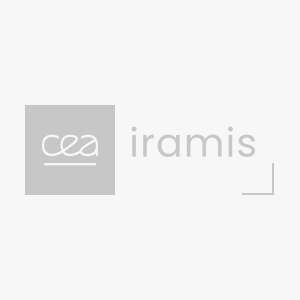We have investigated the wetting of simple, volatile liquids on model chemical nanopatterns created using Local Oxidation Nanolithography. This patterning technique emploies a biased, metallic AFM tip to locally oxidize the methyl-terminations of a self-assembled monolayer (octadecylthrichlorosilane) into a carboxylic acid termination. With this method we have realized parallel, 20 to 800 nm wide, wettable stripes (carboxylic terminated) embedded into a non-wettable (methyl) background. Several organic volatile liquids (polar and non-polar) have been condensed onto the nanopatterned surface and the resulting wetting morphologies have been studied in-situ by using an environmental AFM in the non-contact mode. Far from saturation conditions the liquid condenses only on the wettable stripes to form a film whose thickness, about 1 nm, is independent on the stripe width. Close to saturation the liquid morphology becomes drop-like and the observed droplet height ranges from 2 to 8 nm. Eventually, when more and more liquid is condensed on the stripes, the liquid drops may “spill over” into the non-wettable spacer so that neighboring lines merge and undergo a “morphological wetting transition”. For all of these regimes we show that long-range forces are relevant to the shape of the nanoliquids and we compare experimental results with those of Density Functional Theory (Bauer and Dietrich, 1999).
Brookhaven National Laboratories




